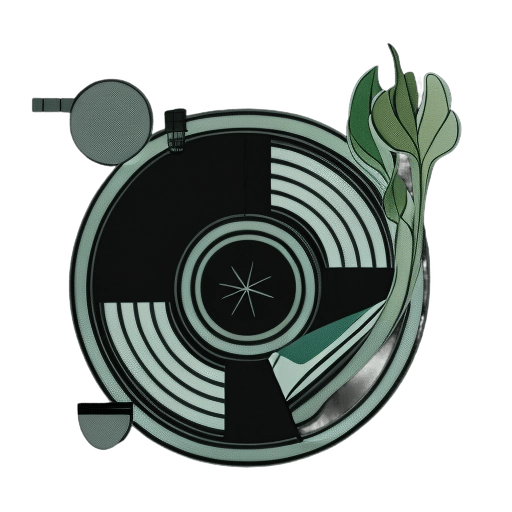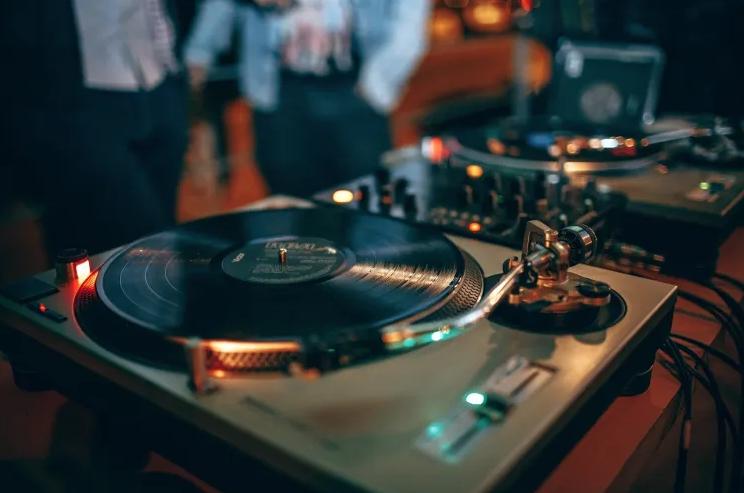DJing has become a ubiquitous form of musical entertainment—-the soundtrack to parties, weddings, clubs, and events worldwide. But where did it all begin? Modern DJing has origins dating back nearly a century. From the first radio disc jockeys of the 1930s to the turntablists and digital controllers of today, the history of DJing is one of evolution and innovation.
This article will explore the key developments that set the foundation for DJing as we know it. Whether you’re a music lover or an aspiring DJ, join us on this journey through the past nine decades to discover where it all began and how DJing continues to captivate audiences today. From beatmatching to scratching, the history of DJing is full of creative genius. Let’s explore the origins of spinning those decks!
When Did DJing Begin?
While playing pre-recorded music for an audience was happening even in the early 20th century, the specific term “disc jockey” first emerged in 1935. That year, American radio commentator Walter Winchell described radio announcer Martin Block as a “disc jockey” when reporting on the kidnapping of Charles Lindbergh’s son. Block had created the radio show “Make Believe Ballroom,” where he played and announced records to fill time while awaiting updates on the kidnapping news.
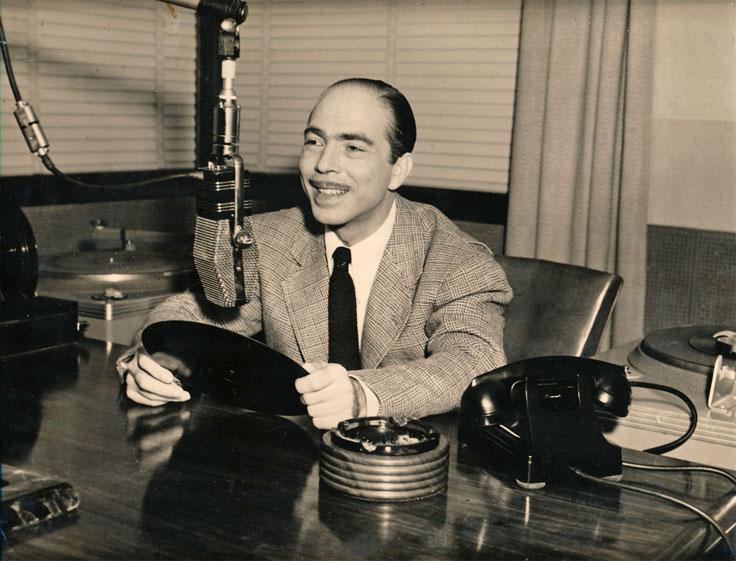
The first DJ dance party is credited to Jimmy Savile in 1943 in Otley, England. Savile claims to be the first DJ to use twin turntables to seamlessly transition between records at a dance party. This pioneering approach became the foundation of DJing as we know it.
In 1947, the first commercial discotheque opened in Paris, France, called Whiskey a Go-Go. Unlike previous clubs, discotheques focused on playing recorded music selected by a DJ rather than relying solely on live bands. This represented a transition toward the prominence of DJs as taste-makers and party curators.
During the 1950s, radio personalities began to play music and talk between songs at sock hops and parties, entertaining crowds with their selections and charm. While most had just one turntable originally, innovations like the two-turntable system in 1955 allowed for smoother transitions between records. DJs became recognized for their ability to create an exciting musical journey using records alone.
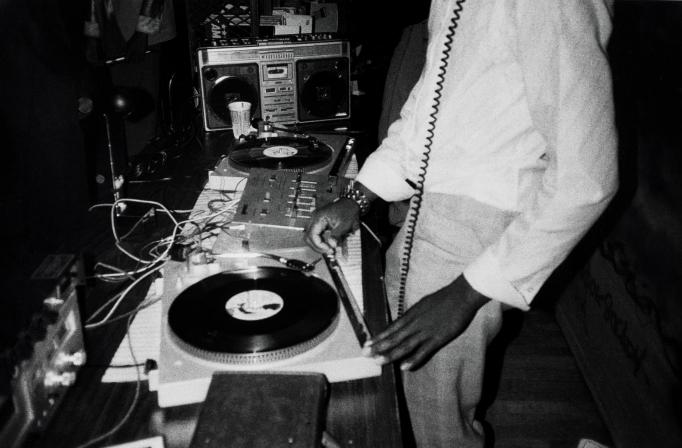
Rise of Turntablism
In the 1960s and 1970s, pioneering DJ techniques expanded the possibilities for manipulating records to create new sounds and music. DJ Francis Grasso developed beatmatching, which allowed DJs to match the tempos of two records so their beats aligned when transitioning between them. Grasso and other DJs also created slip-cuing, a technique for holding a record still while the turntable platter rotates underneath so that you can smoothly transition in on the beat.
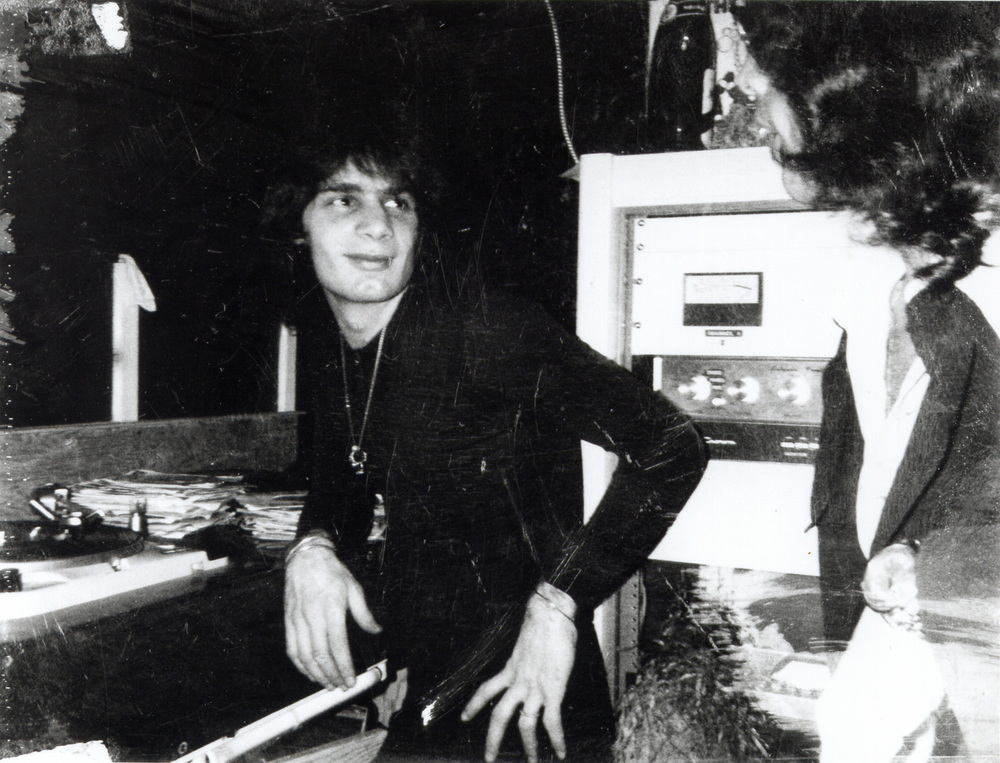
These new turntablism techniques evolved even further in 1973 when DJ Kool Herc began throwing parties in the Bronx. At these parties, Herc used an audio mixer and two identical records to extend the instrumental breaks in funk and soul records by switching back and forth between the two copies. This style, known as “breakbeat DJing,” marked the birth of hip-hop music and culture.
Other hip-hop DJs like Grand Wizard Theodore and Grandmaster Flash continued building the artistic practice of manipulating vinyl records to create new sounds through scratching, cutting, and beat juggling. This golden era of hip-hop DJing pushed the technical and creative limits of the turntable.
Disco Era & Club DJs
As turntablism exploded in the underground scene, disco, and dance clubs were also gaining mainstream popularity. Legendary New York club DJ Larry Levan blended musical styles and emphasized the role of the DJ as curator of an experience on the dance floor. His residency at Paradise Garage in the 1970s set the stage for the rise of house music.
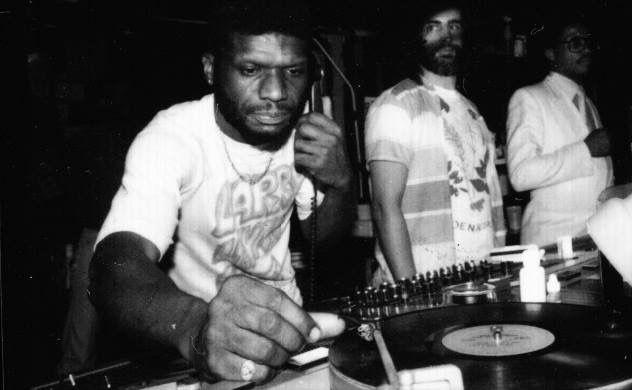
In Chicago, Frankie Knuckles and other DJs created house music by combining disco beats and electronic instrumentation. This new style flourished in clubs like the Warehouse, where DJs would feature extended dance mixes. Beginning in Detroit, techno innovators like Juan Atkins also pushed electronic dance music forward as a uniquely American phenomenon. DJing culture diversified into new styles from hip-hop to electronic club music, setting the stage for an explosion of innovation in the coming decades.
Hip-Hop & Scratch DJs
The 1970s saw early hip-hop DJs create funky, chopped-up dance beats by manipulating vinyl on twin turntables. In the 1980s and beyond, hip-hop DJs evolved into virtuoso turntablists pushing the limits of rhythmic, scratching, and mixing creativity.
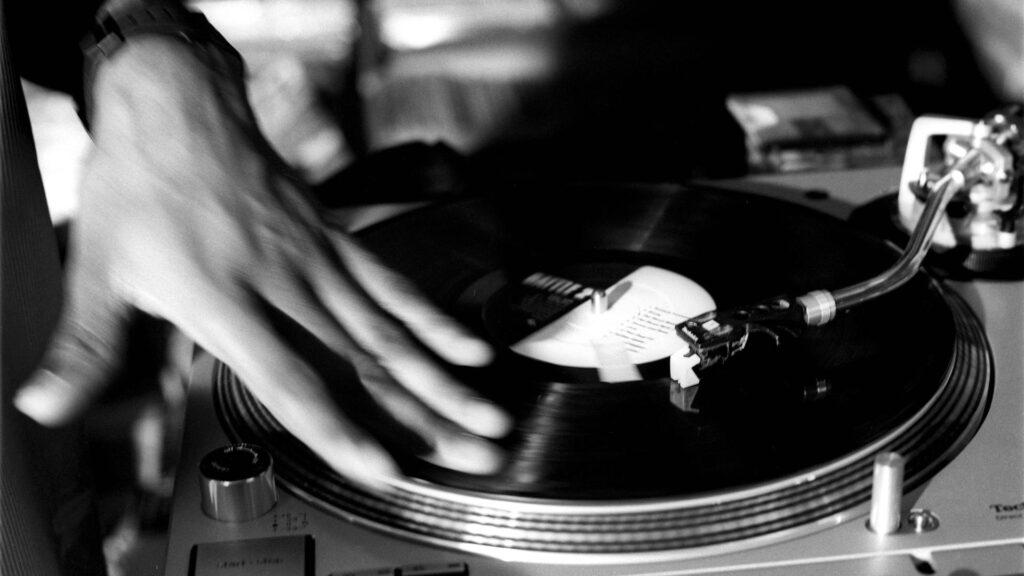
DJs like Grand Mixer DXT, Jazzy Jeff, and Cash Money amazed crowds with their technical dexterity on the “wheels of steel.” Competitions like the DMC World DJ Championships provided a global stage for the best turntablists to showcase their unique talents. While hip-hop DJs focused on elevating turntablism to an art form, a digital revolution was also brewing that would shake up DJing forever.
Digital Revolution
In 1982, the first compact discs entered the music scene, providing a new digital medium for DJs. Then, in the 1990s, new technologies transformed DJing again by moving the equipment from the vinyl record to the laptop. DJ software allowed portable digital DJing performances from a laptop alone. Controllers like the CDJ-1000 replicated the vinyl DJ experience digitally with features like pitch control, looping, and beat-syncing functions.
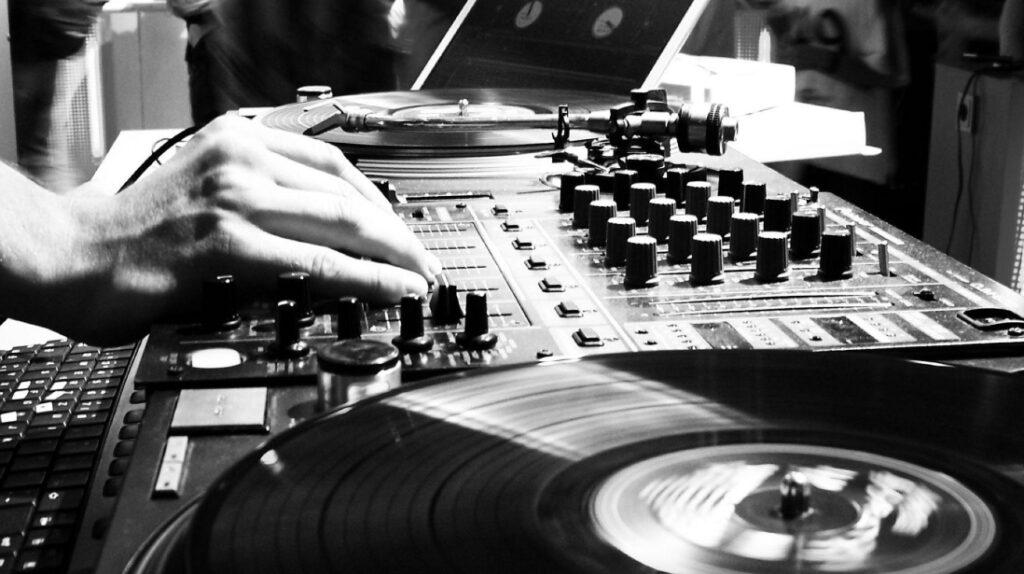
As technology advances into the 21st century, modern DJs can perform using everything from vinyl decks to digital controllers, DJ apps, and AI-powered software. More people than ever before can access the tools to learn DJing skills at home before stepping up to club and stage performances. While the classic feel of vinyl will never disappear completely, DJing continues to embrace emerging technologies to reach broader audiences. The spirit of innovation lives on.
Wrapping Up
From the first radio disc jockeys to the rise of turntablism and the digital revolution, the history of DJing is full of creativity and innovation. What started as radio announcers playing records evolved into an art form driven by new techniques and technologies. The adoption of emerging digital technologies once again disrupted DJing, enabling portable performances and new ways to play with music. Yet whether spinning vinyl or digital files, the heart of DJing remains finding and sharing great sounds.
Nearly 100 years since its inception, DJing continues to be shaped by new trends and technologies. But some things stay the same—-lost in the music, DJs transport us to another place, one song seamlessly into the next. The beat goes on.
Author
-
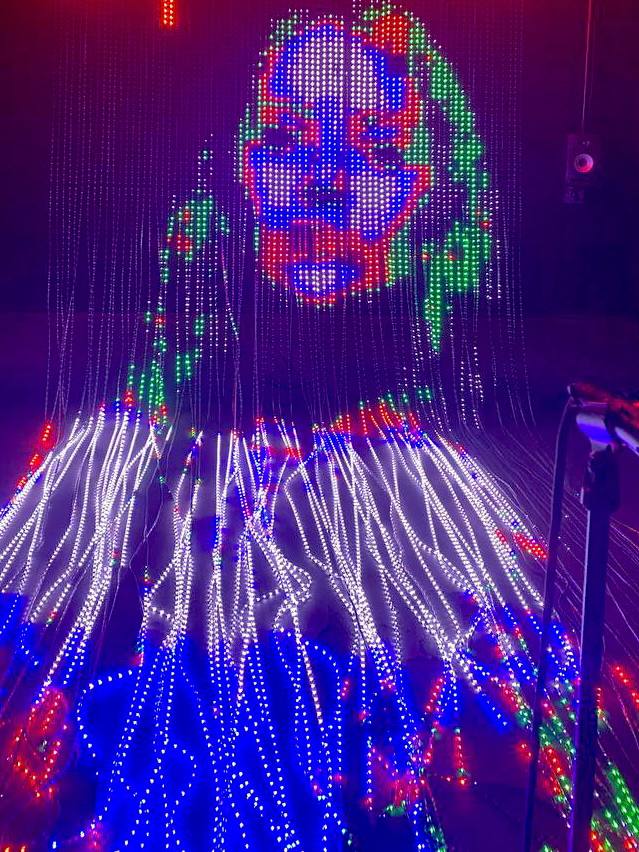
Hello, I’m Monica Blunder. As a fervent author and a DJ enthusiast, I’ve spent years immersed in the world of DJs and their music. My job here at EverybodyIsADJ.com is to keep you informed about the latest trends, tips, and news from the DJ community.
